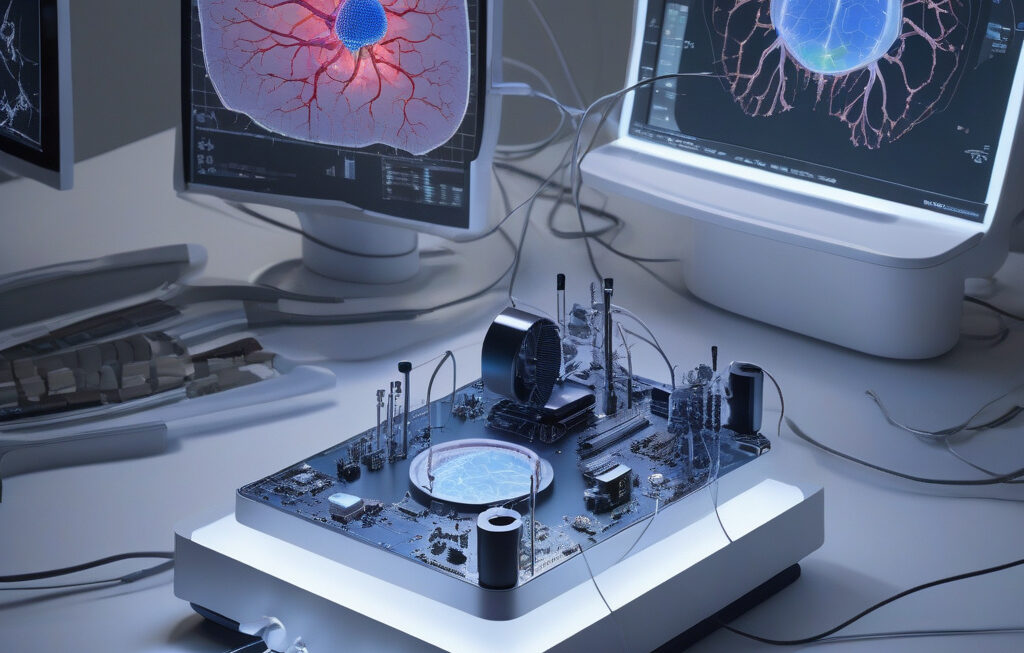Meta’s V-JEPA 2: Revolutionizing AI Perception and Interaction in 3D Space
Meta, formerly known as Facebook, has once again set the bar high in the field of artificial intelligence with the introduction of V-JEPA 2. This new open-source AI model is designed to teach machines how to think, plan, and act in three-dimensional space, offering a groundbreaking approach to robotic perception and real-time interaction.
At the core of V-JEPA 2 is the concept of building internal world simulations. By creating virtual environments within the AI system, machines can better understand and navigate the complexities of the physical world. This ability to simulate 3D space enables robots to anticipate scenarios, make informed decisions, and interact with their surroundings in a more human-like manner.
One of the key advantages of V-JEPA 2 is its impact on robotic perception. Traditional AI models often struggle to interpret depth, scale, and spatial relationships, limiting their ability to function effectively in dynamic environments. With V-JEPA 2, machines can now perceive the world in three dimensions, allowing for more accurate object recognition, scene understanding, and motion planning.
Moreover, V-JEPA 2 enhances real-time interaction between robots and their surroundings. By continuously updating and refining their internal world simulations, machines can adapt to changes on the fly, improving their responsiveness and overall performance. This capability is particularly crucial in applications such as autonomous vehicles, robotic surgery, and industrial automation, where split-second decisions can have a significant impact.
The open-source nature of V-JEPA 2 further accelerates innovation in the AI community. Researchers, developers, and enthusiasts have access to the underlying code, enabling them to build upon the existing model, customize it for specific applications, and contribute to its ongoing development. This collaborative approach not only drives progress in AI technology but also fosters a culture of knowledge sharing and advancement.
To illustrate the potential of V-JEPA 2, consider the scenario of a self-driving car navigating a busy city street. With its internal world simulation capabilities, the car can anticipate the movements of pedestrians, cyclists, and other vehicles, proactively planning its route to ensure safe and efficient travel. In the event of unexpected obstacles or road closures, the car can quickly adjust its course, demonstrating agility and adaptability in real time.
In conclusion, Meta’s V-JEPA 2 represents a significant leap forward in AI research and development. By teaching machines to think, plan, and act in 3D space, this innovative model expands the possibilities of robotic perception and interaction, paving the way for smarter, more autonomous systems. As the AI landscape continues to evolve, V-JEPA 2 stands out as a shining example of how technology can shape the future of human-machine collaboration.
innovations, AI, Meta, robotics, 3D perception












